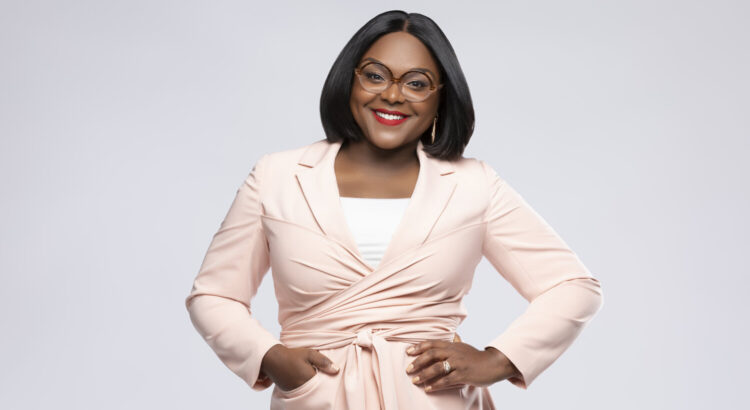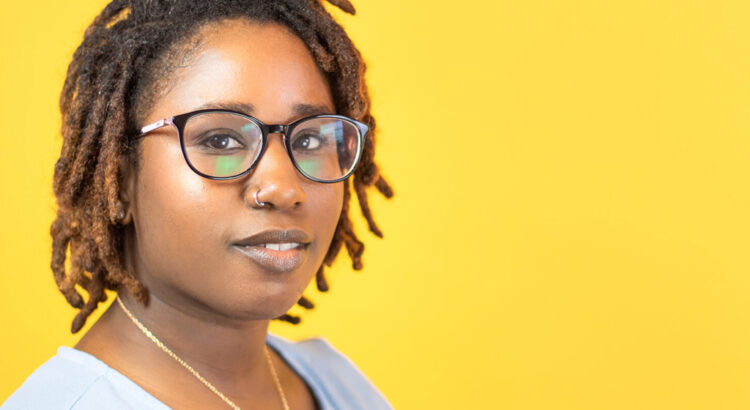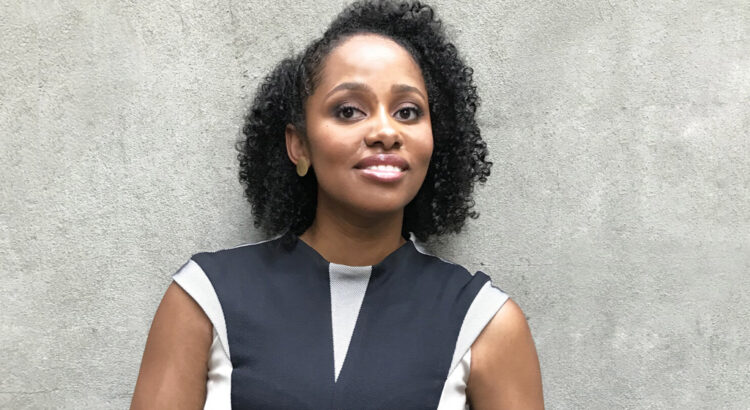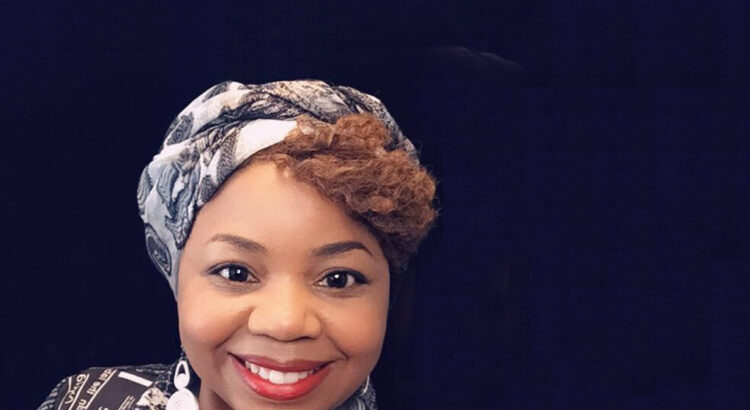Story By: Jessie Taylor
Featuring: Brittany Cole
Nashville Design Week 2020
Everyone has the right to feel like they belong in their workplace. No one understands this better than Brittany Cole, an author, TEDx speaker, and inclusive leadership development consultant who helps organizations cultivate more inclusive cultures.
As a former sales, marketing, and DEI leader in the healthcare industry, Brittany has experienced how intentional leadership development increases colleague engagement, accelerates career achievements, and drives business results—in short, makes the workplace better for all. With this knowledge, Brittany founded Career Thrivers, an inclusive leadership development firm that provides targeted leadership development curriculum, strategic planning, and coaching to enhance equity in the workplace.
“Every experience is an opportunity for continuous improvement” is Brittany’s motto. Her aphorism on improvement is in line with Nashville Design Week’s theme this year: to Reshape design.
When discussing DEI strategy during NDW, what terms and statistics do you want the audience to be familiar with?
“Strategy” is the first term to understand. The Oxford dictionary defines a strategy as “a plan of action or policy designed to achieve a major or overall aim.” A typical business strategy spans at least three years with a very clear purpose, north star, and objectives. These components are also critical to diversity, equity, and inclusion. Research shows that taking a momentary, compliance-centered approach to DEI work isn’t sustainable or successful. Starting with a clear why (purpose) and where (vision) is important. Lastly, it’s helpful to understand what diversity, equity, and inclusion mean and the differences between the terms.
Please see some brief definitions below:
“Diversity is a fact. Inclusion is an act. Equity is in the stats.”
Diversity–
Simply means difference and includes visible (race, gender, etc.) and invisible (education, experience, etc.) differences that make up a person’s identity.
Inclusion–
Intentional action to incorporate and value difference.
Equity–
Distributing information and resources so that outcomes aren’t determined by the differences that exist.
Uncomfortable conversations drive change. What tactics have you found to be the most effective in helping people understand your point of view?
Embracing discomfort and empathy are essential elements of communication. If your focus in the conversation is on making your point, perhaps there’s an opportunity to elevate your empathy. Empathy is about centering the other person—so my intention in the conversation is to understand and step into their mindset, feelings, and experiences. We are often trained to initiate hard conversations with “I” statements. Although this kind of preparation may be helpful in negotiations, etc. it can be an unproductive approach with emotionally charged conversations. Empathetic conversations don’t start with “I”; they start with inquiry. Be curious, and begin the conversation with a question to understand their point of view.
What educational materials do you suggest to the NDW community? Recommendations can be in the form of articles, talks, books, movies, podcasts, and more.
There are so many outstanding resources to tap into. Here are a few…
Books–
I’m Still Here: Black Dignity in World Made for Whiteness
by Austin Channing Brown
The Memo: What Women of Color (and allies) Need to Know to Secure a Seat at the Table
by Minda Harts
How to Be an AntiRacist
by Ibram X. Kendi
Videos–
A Must Watch History of the Confederacy
from the ACLU
5 Essentials for Getting Started with Your DEI Strategy
from Career Thrivers
What Leaders Must Do Today to Address Systematic Racism
from Harvard Business Review
Podcasts–
1619 by New York Times
Code Switch by NPR
Seeing White by Scene On Radio
Career Thrivers by Brittany Cole
Is there a question you would like the NDW community to consider prior to your event?
A powerful, emotionally intelligent conversation to ask yourself anytime you have thought about a person or group of people is to challenge your thought with, “Why do I think that?”
The second question to ask yourself is “What action am I taking to make my organization more inclusive?” Inclusion starts with “I”—it begins with yourself—and cultivating a culture where everyone can thrive takes all of us.
—



